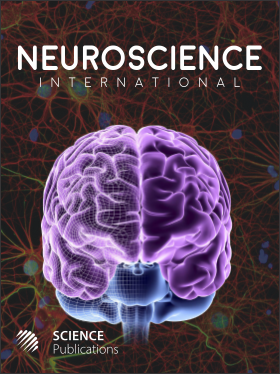Trace Elements Distribution in the Brain of Stressed Rats
- 1 Sultan Moulay Slimane University, Morocco
Abstract
Because of their ability to modulate the Gamma Aminobutyric Acid (GABA) a receptor complex, the principal aim of the current work is to assess two essential heavy metals: Iron (Fe) and zinc (Zn) by atomic absorption in different brain areas of stressed rats. To do so, we investigated the effect of acute immobilization stress (single 1-hour session) on the distribution and the densities of GABAA receptors as well as the concentrations of Zn and Fe in several rat brain regions of the stressed rats. Animals were randomly assigned to either control or stress conditions and changes in specific binding of the GABAA receptor as labelled with T-Butylbicyclophosphonothionate (TBPS) (ligand useful for GABAA receptor) were assessed by in vitro quantitative autoradiography with the aid of a computer-assisted image analysis system whereas the assessment of Fe and Zn concentrations was done by atomic absorption spectrophotometry. Exposure to 1h immobilization stress led to a significant increase in [35S]-TBPS binding site density in stressed rats compared to controls (30-40% increase in cortex, hypothalamus, hippocampus and substatntia nigra). In the other analyzed brain structures, specific binding of [35S]-TBPS remained unchanged in stressed rats. The spectrophotometer analysis showed significant decrease in Zn levels in the whole forebrain structures as well as the mesencephalon of stressed rats. The striking differences are noticed in hippocampus and mesencephalon. Furthermore, Fe endogenous concentrations display similar pattern following stress. The present study demonstrates that immobilization stress induces an increase in GABAA receptors concomitant to a reduction of Zn and Fe content in the stress sensitive rat brain structures. Besides supporting the alteration of the modulatory function occurring at the GABAA receptor level after stress, our data also reveal that the measured brain concentrations of the investigated heavy metals remain not sufficient to efficiently modulate the activity of with efficacy such complex receptor. This could explain the higher densities of GABAA receptors observed after acute stress.
DOI: https://doi.org/10.3844/amjnsp.2012.79.86

- 5,587 Views
- 3,152 Downloads
- 0 Citations
Download
Keywords
- Zinc
- Iron
- GABAA
- Stress
- Brain
